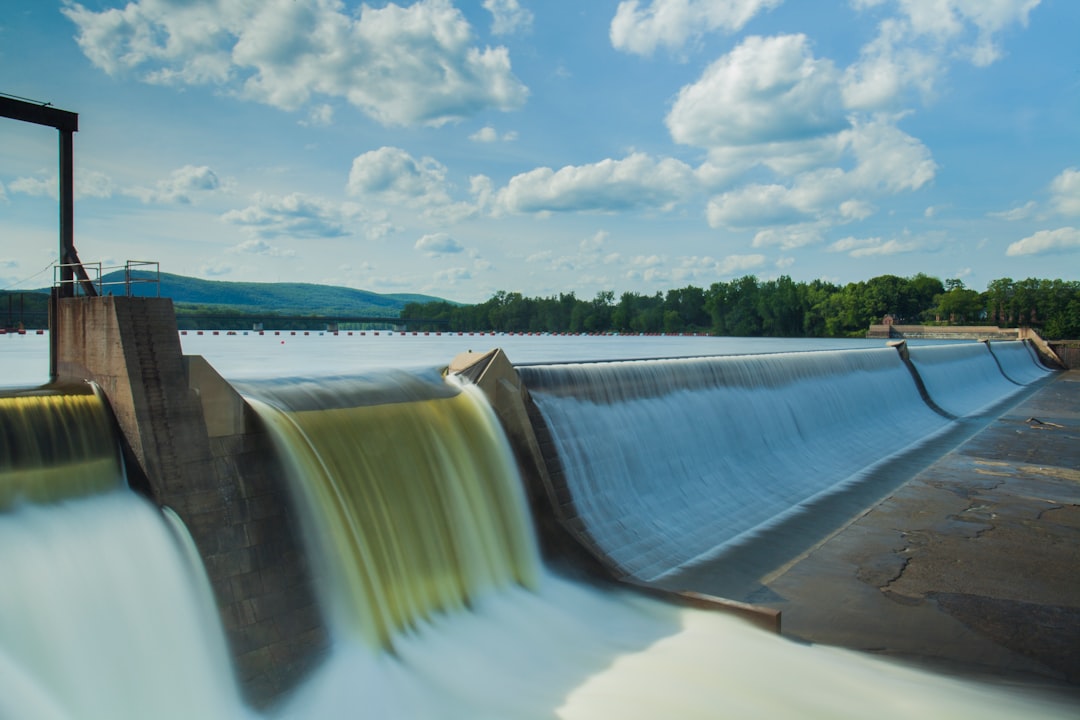What is it about?
There is unequivocal evidence for the increase in global-mean surface temperatures as a result of anthropogenic CO2 emissions. However, there is more uncertainty about the regional variation in the amount of warming due to anthropogenic influences. One reason for this uncertainty is that internal variability of the atmosphere-ocean system (e.g., El Niño) moves heat from one region to another, leading to variability in regional temperatures from year to year and decade to decade. Separating the forced and unforced components of climate change is critical challenge in climate science, as it is a necessary step in understanding the causes of observed changes and in improving projections of future changes in regional climate. Here, we show that pattern recognition methods can be trained to distinguish between forced and unforced components of global changes in temperature, rainfall, and sea-level pressure. This helps to detect changes that are small relative to the noise from internal climate variability. For example, after removing patterns of temperature change associated with El Niño, we find that observed temperatures in the eastern tropical Pacific have increased less than in other parts of the tropics, a change that is not well represented in climate models. Pattern recognition methods also help us identify hard to detect climate responses within climate models, such as changes in the jet stream over the North Atlantic and a reduction in rainfall over the U.S. Southwest in the years following tropical volcanic eruptions. We show that these methods help to separate the forced and unforced components of climate change using fewer ensemble members, even allowing for an approximation of the forced and unforced components of observed changes.
Featured Image

Photo by USGS on Unsplash
Why is it important?
A key finding of our study is that pattern recognition methods are able to detect the regional pattern of climate change using fewer ensemble members than traditional methods. In many climate studies, the same climate model is run numerous times with the same radiative forcing scenario but small differences in initial conditions. Averaging over this climate model ensemble helps to remove internal variability that varies between realizations. Pattern recognition helps to accomplish this same goal using fewer climate model simulations, allowing the separation of forced and unforced components within more computationally intensive (e.g., higher resolution) models. In some cases, pattern recognition can skillfully separate the forced and unforced components of climate change within individual realizations, allowing further insights into the causes of observed changes in regional climate.
Read the Original
This page is a summary of: Pattern Recognition Methods to Separate Forced Responses from Internal Variability in Climate Model Ensembles and Observations, Journal of Climate, September 2020, American Meteorological Society,
DOI: 10.1175/jcli-d-19-0855.1.
You can read the full text:
Contributors
The following have contributed to this page










